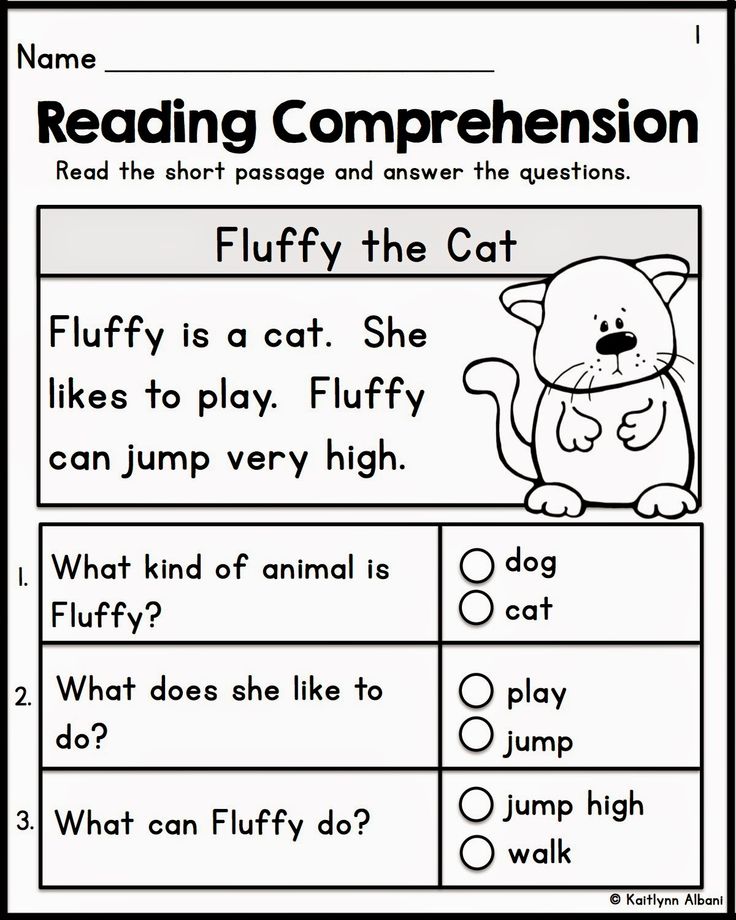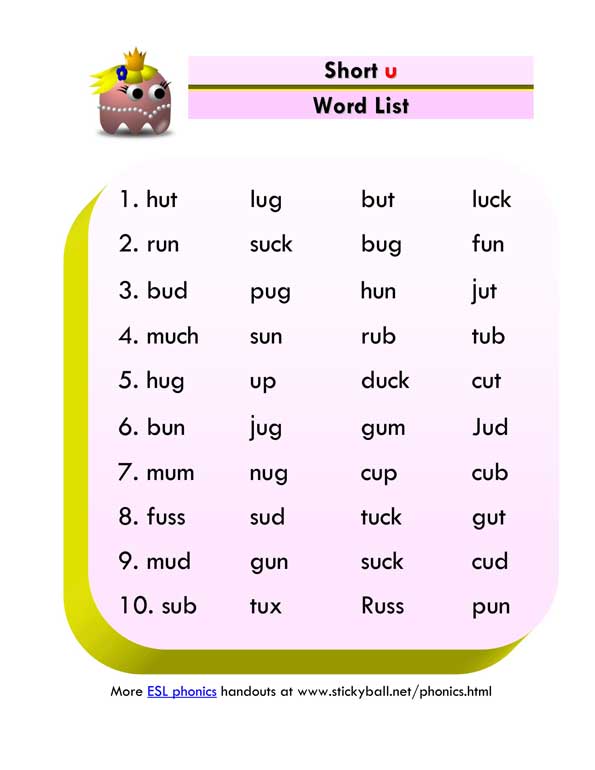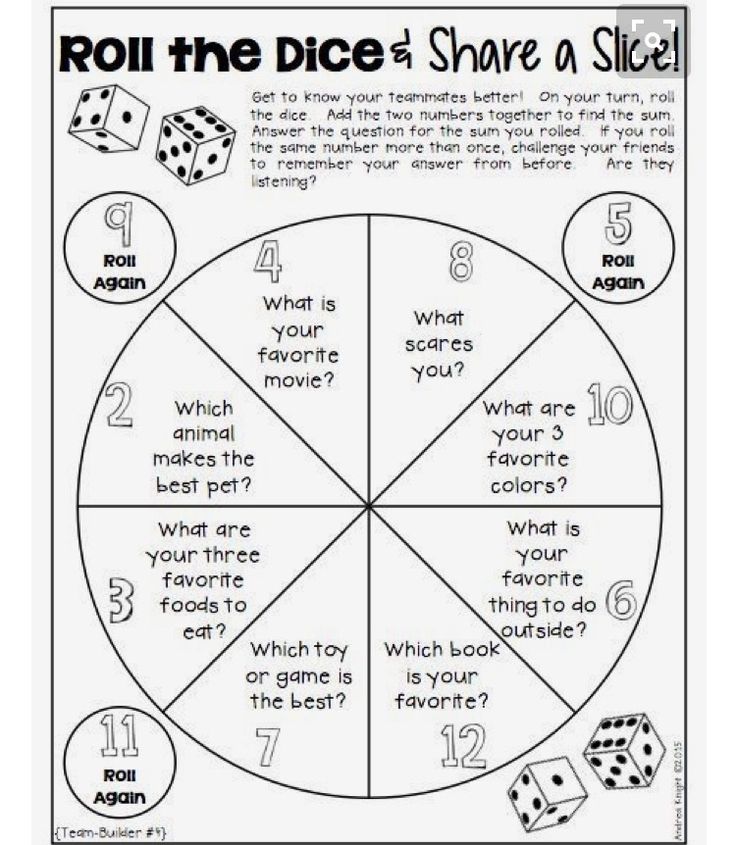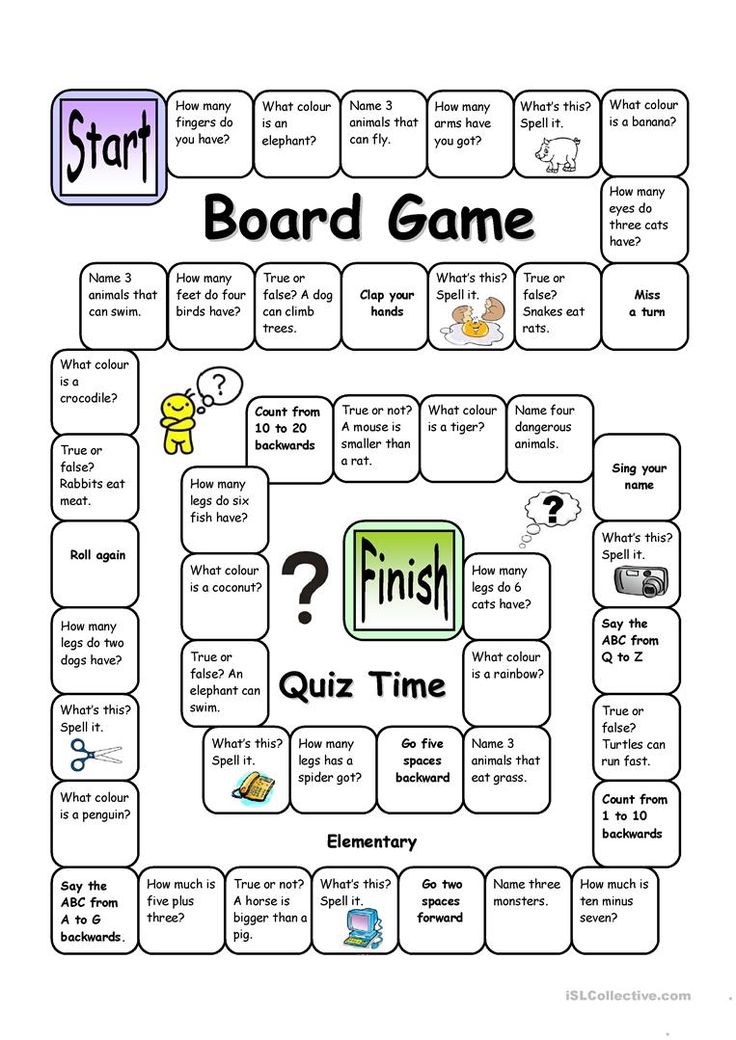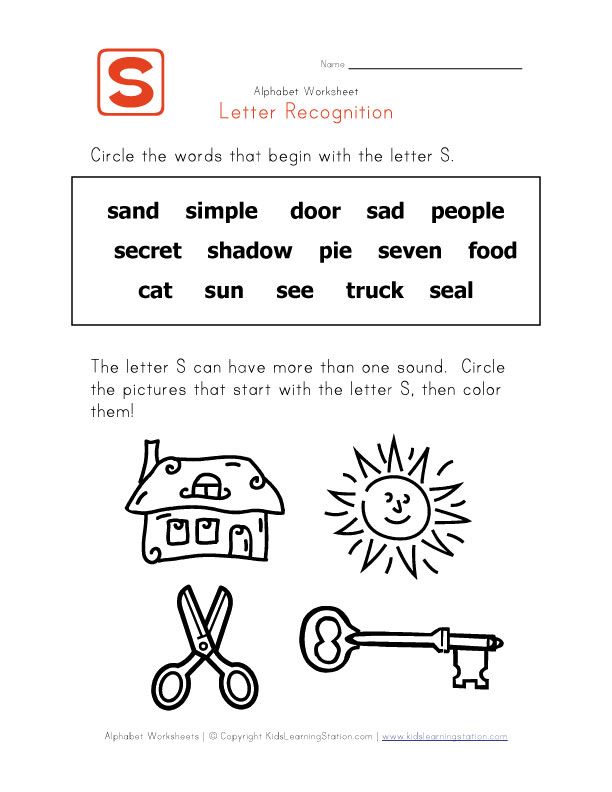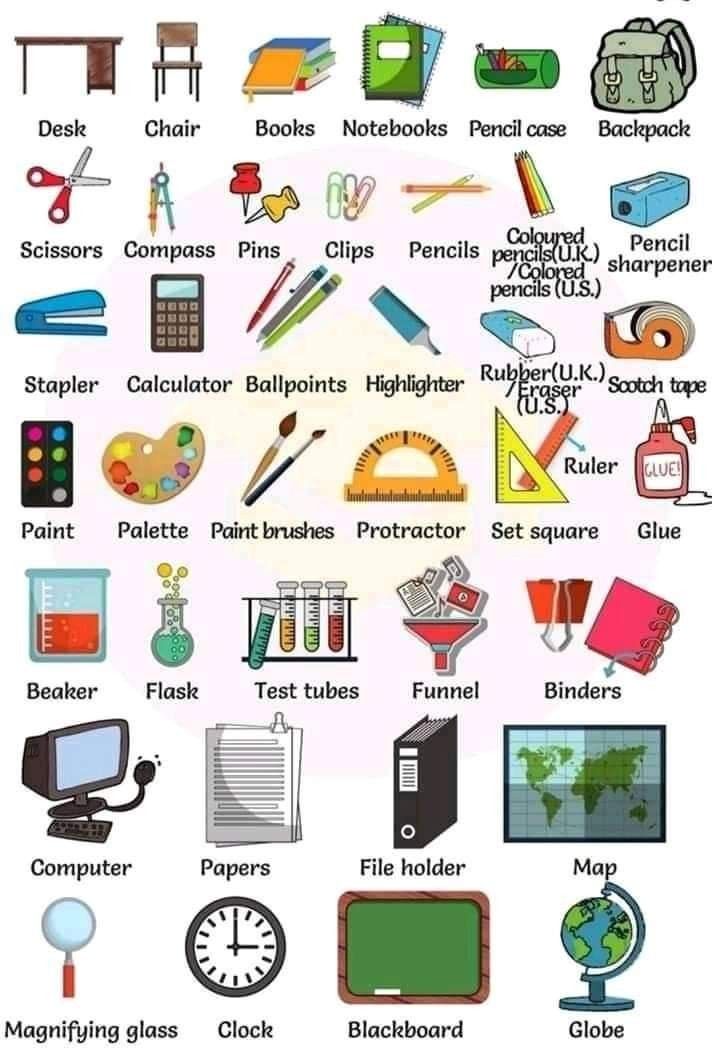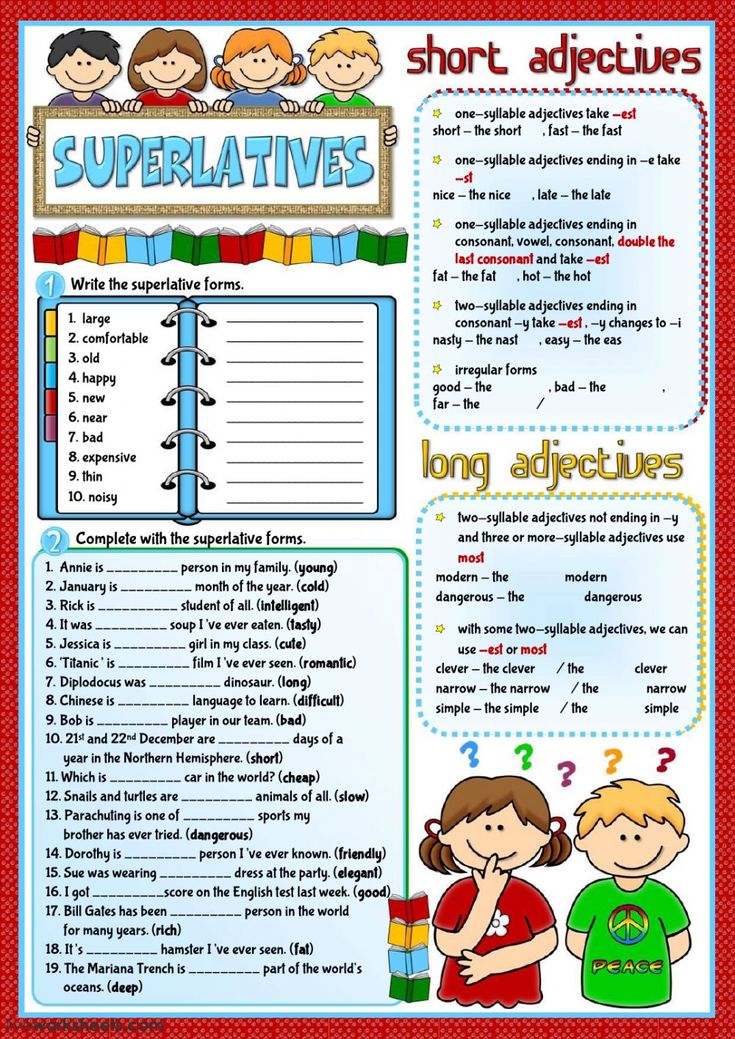How to keep children focused
6 Simple Ways to Improve Your Child’s Focus
Trouble focusing can be a long-term or short-term challenge. Either way, it makes learning hard. It also impacts everyday life.
You can’t always change the circumstances that make it hard to focus. But there are ways to help your child cut through distractions and get things done.
If staying focused is hard for your child, try these six strategies.
1. Jump right into projects.
The longer you put off starting a task, the harder it can be to focus on it. That goes for projects for school and around the house.
That doesn’t mean your child has to do everything at once, though. To make it easier to get started, try breaking tasks into chunks. The important thing is to not delay getting started.
2. Limit directions to one or two at a time.
When kids struggle with focus, it can be hard for them to listen to, remember, and follow through on directions. So try not to overload your child with too many directions at once.
Let’s say it’s time for homework. You might tell your child to check the assignment book, get out the right materials, and start working. If that’s too much for your child to focus on and keep in mind, break it down into single steps.
3. Set a timer.
Knowing there’s a limit to how long they have to stay focused can make it easier for kids to hang in there. Set a timer for how long your child needs to work before having a quick snack or taking a break. You can increase the amount of time little by little as your child gets better at focusing.
4. Try mindfulness.
Mindfulness exercises are all about paying attention and focusing. Studies have shown that mindfulness can help kids improve their behavior and their ability to focus on lessons and on schoolwork.
One way to practice is to sit quietly and focus on breathing in and out. Taking even a few deep breaths before class or a test could make a difference.
5. Be open to what works.

Some people need total quiet to focus. Others do better with noise. That’s why it’s important to ask kids what works best for them.
Maybe your child wants to listen to music while doing homework. Give it a try and see how it goes.
6. Direct focus back to the task.
Even when using these focus techniques, kids might still get distracted. That’s why they also need strategies to get back on task once they’ve drifted.
Come up with a signal for when your child’s mind starts to wander. It might be putting a hand on your child’s shoulder or saying a specific word. Tell your child’s teacher you’re trying these strategies at home.
Other ways to help your child focus
There are lots of other strategies, techniques, and low-cost tools you can use to help your child with focus at home.
- Discover different types of fidgets, including ones you can make.
- Try free graphic organizers to help your child get through reading, writing, and math assignments.
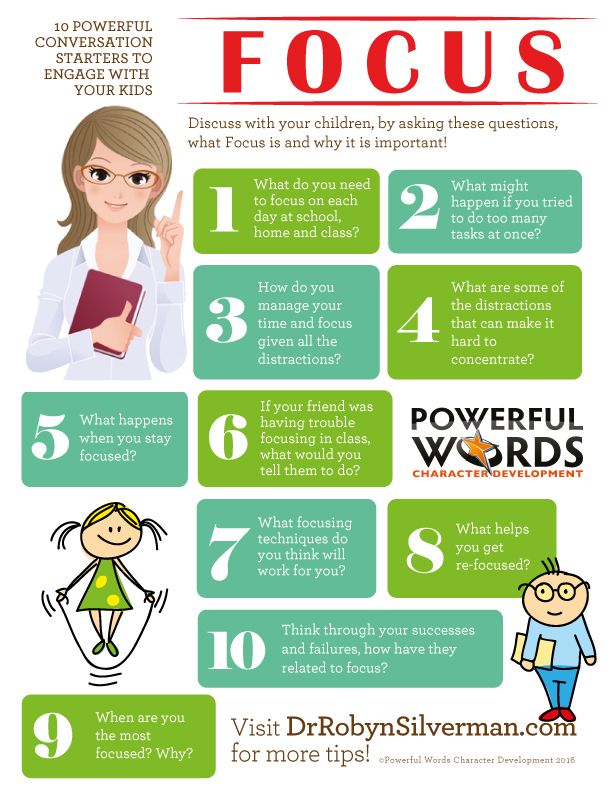
- Learn ways to break down writing assignments so they’re easier to focus on.
Struggling with focus or any other skill can take a toll on a child’s self-esteem. Praise your child’s hard work to improve focus. Point out even small improvements. And let your child know that focus skills can get better.
And remember to talk about your child’s strengths, not just challenges. Celebrate focus wins, big and small. When kids understand what they’re good at, it builds confidence and helps them stay motivated when things get tough.
Related topics
Focus and attention
Strategies and tips
Types of Fidgets for Kids With ADHD | Fidget Toys to Help With Focus
Fidgets can help some kids with ADHD focus better. They’re not “one size fits all,” however. Different types of fidgets can meet different sensory needs. You can see which work best for your child, and then talk to the teacher about using them in class.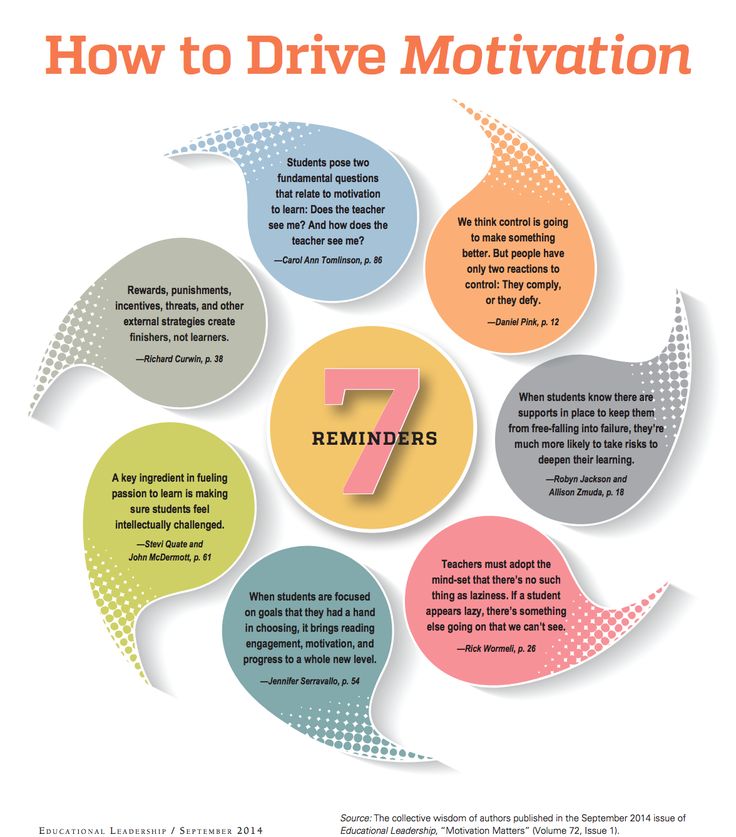
Understood does not endorse or receive financial compensation for the sale of any of these products.
Calming fidget: Wikki Stix
Sometimes kids with ADHD need help feeling settled so they can sustain their attention. Wikki Stix give kids many ways to do that — kids can bend them, twisting them or molding them into balls. Other calming-fidget options include extra-fuzzy pipe cleaners, plastic nuts and bolts, coiled bracelets or key chains, and weighted lap pads.
Alerting fidget: Klicks
For some kids with ADHD, a little noise, color, or light can actually help with focus. If kids need that kind of stimulation, a fidget like Klicks can keep they busy. They can twist, bend, pull apart, and snap together the colored puzzle pieces. Pop Toobs are another alerting fidget. Spinning tops and color-changing light-up balls can also do the trick.
If your child’s favorite is too disruptive for classrooms, it can just be used at home. It might be helpful to use during study sessions or while listening to an audiobook.
Chewy fidget: Chewelry
Chewelry was designed to help build biting and chewing skills. But it can also help kids who concentrate better when they keep their mouths occupied with something — like a pencil, their nails, or the sleeve of their sweatshirt. Chew Stixx is another example. You can also try chewable pencil toppers and silicone jewelry.
Gum may be just as effective as a chewy fidget, and something older kids may feel less embarrassed about using. You can talk with your child’s teachers about allowing gum during lessons or exams.
Resistance fidget: Silly Putty
This classic toy can be great for kids who focus better when their hands are busy pushing, pulling, or squeezing toys with “give.” Other options for resistance fidgets include kneaded erasers, ponytail holders, stress balls, corks (for picking apart), squishy toys, and magnetic balls or disks.
Tactile fidget: Koosh Balls
Some kids with ADHD find that touching different textures helps them focus. So anything that’s sticky, gooey, slimy, hairy, or scratchy might work. Koosh balls are one example of a tactile fidget. Others include play foam, kinetic sand, rubbery squeeze toys, pop-beads, and Velcro strips.
So anything that’s sticky, gooey, slimy, hairy, or scratchy might work. Koosh balls are one example of a tactile fidget. Others include play foam, kinetic sand, rubbery squeeze toys, pop-beads, and Velcro strips.
Popular fidget: Spinners
Some kids with attention or find the weight and motion of whizzing spinners helpful for focusing. Other kids (and their parents and teachers) find the movement and tactile input to be distracting.
Many schools have specific guidelines around fidget spinners, so look into that before permitting your child to bring a spinner to class. And watch a video on how to determine if your child’s latest obsession is a helpful fidget or a distracting toy.
How to manage fidgets: Consider a contract
Before sending your child to school with any fidget, consider crafting a document that sets expectations about what the fidget is for. This downloadable fidget contract can help provide your child with direction on how to use a fidget in an appropriate way.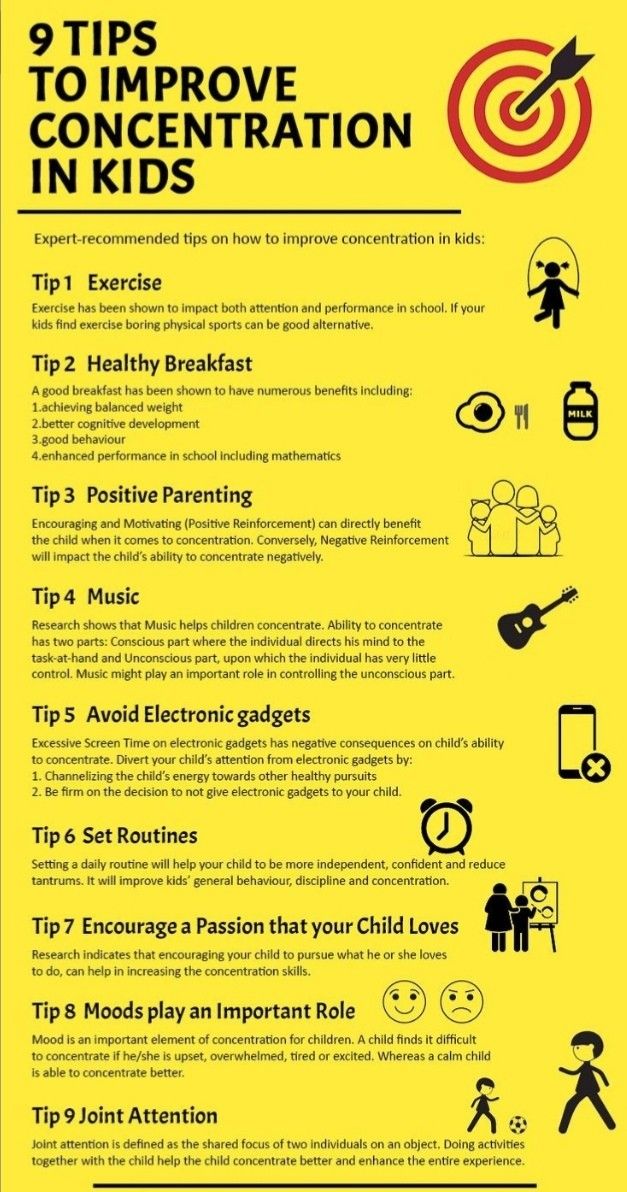
"How to keep children's attention in class" | Material (middle group):
Each teacher has his own finds, tricks that are born in the process of gaining experience. And these finds are sometimes so accurate and effective that they immediately go to the "people" and serve more than one generation of colleagues. Since I came to our profession not long ago, I try to read a lot of literature necessary for self-education. I want to share with you some tips that many teachers will find useful. nine0003
How to keep children's attention in class:
It's no secret that keeping children's attention in class, especially the whole group, is very difficult. After all, the quality of mastering the material depends on how carefully the child listens to the teacher. Compliance with the rules of conduct in the classroom organizes and disciplines children, teaches them to respect the educational process and forms readiness for school.
If you arouse in a child a positive emotional mood and interest in the upcoming activity, then the concentration of attention will be longer. After all, as you know, the child does only what he is really interested in. A seemingly simple, uninteresting activity can be played up with any unpretentious plot, coming up with some funny justification for any business. If children are often distracted and chatting in class, then most often the reason for this is boredom due to poorly chosen visual material, lack of an intriguing moment, uninteresting or age-appropriate material, etc. It is important to take this into account and not overwork children. nine0003
After all, as you know, the child does only what he is really interested in. A seemingly simple, uninteresting activity can be played up with any unpretentious plot, coming up with some funny justification for any business. If children are often distracted and chatting in class, then most often the reason for this is boredom due to poorly chosen visual material, lack of an intriguing moment, uninteresting or age-appropriate material, etc. It is important to take this into account and not overwork children. nine0003
Here are some tips:
-Use non-verbal gestures to get the group's attention. For example, the signal "Attention" can be the same gesture (hand up or something else). You can use it when you want to remind kids to listen. gradually the children will get used to this gesture, and this will allow you not to be distracted from the topic once again.
- At the beginning of the lesson, do not wait for complete silence in the group, there will definitely be those children who will spin and talk.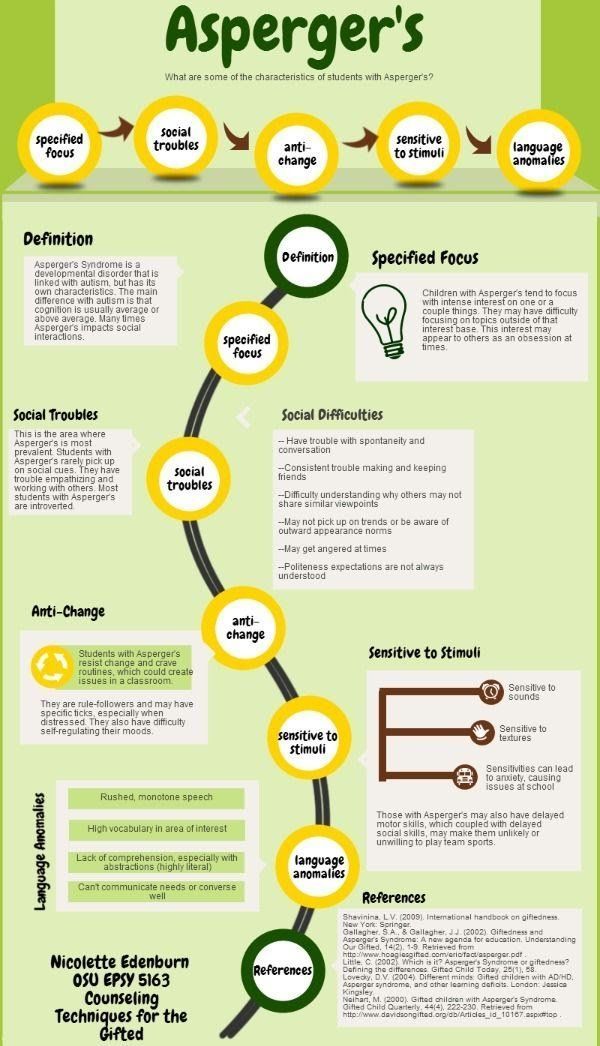 To get the attention of the children, you can first raise your voice, but then, as soon as you notice that the children have calmed down and began to listen, speak in a calm and quiet voice. nine0003
To get the attention of the children, you can first raise your voice, but then, as soon as you notice that the children have calmed down and began to listen, speak in a calm and quiet voice. nine0003
Playful moments can be used to attract attention, which attract the attention of children and put them in a calm mood. For example, if the children are making noise before the class starts, say: “Attention! A bunny (or any other character) will visit us today for a lesson. She will play with us." Then you should say hello to the children on behalf of the character.
Don't be afraid to use the tools at hand. Silence in a group can be achieved by resorting to musical instruments: a bell, a tambourine, a toy drum. nine0003
- Seat the guys who usually turn around and distract each other. Distribute yourself who and where will sit, but do not do it all the time, each child should know his workplace.
- If one of the children tries to interrupt you during an off-topic class for the first time, do not pay attention (of course, if he does not ask to use the toilet or something unforeseen has arisen).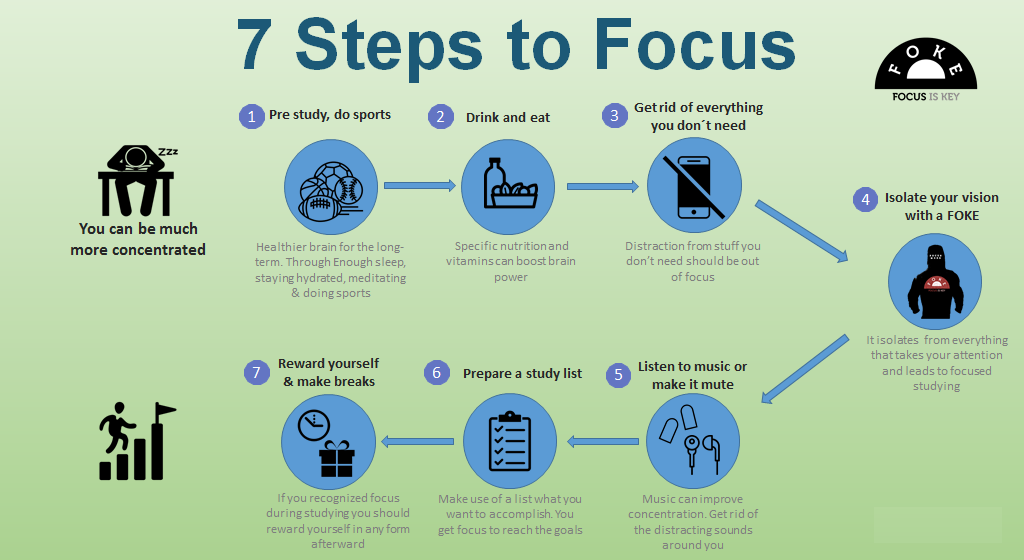 Only the second attempt should be responded to. Later, during the day, talk to him, discuss with him how he could have done differently so as not to interrupt you and not distract others. nine0003
Only the second attempt should be responded to. Later, during the day, talk to him, discuss with him how he could have done differently so as not to interrupt you and not distract others. nine0003
If the children are spoiled in the middle of the lesson, then you can try to apply simple exercises.
For example, play the game "Hands and Feet". At one clap, the children should raise their hands, two clap - stand up, three clap - stomp. Despite the apparent simplicity, even adults are often confused in actions. However, it is an indispensable game in order to attract the attention of children and help them concentrate on the subject.
- You can play a game with often distracted and naughty children - invite them to play the role of a teacher and conduct a lesson with children or dolls, and most importantly, decide for yourself in the process of this lesson what will happen at this time, in what sequence and etc.
It is necessary to note the industriousness of the child, his invention.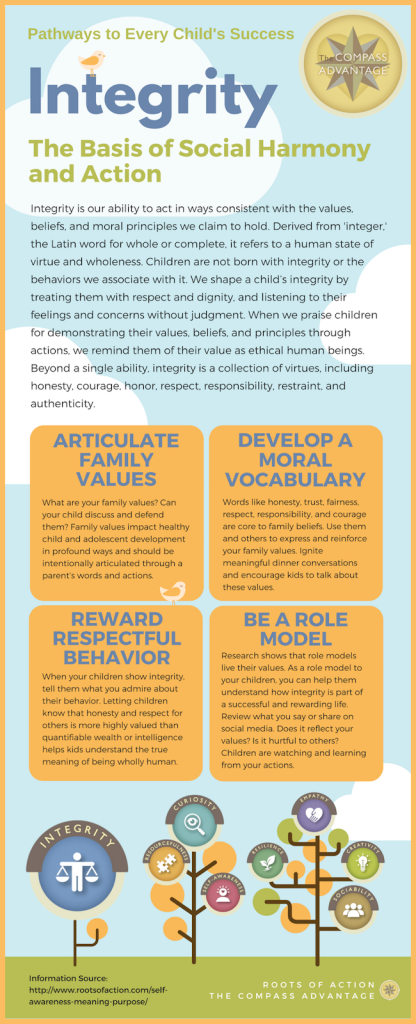 Praise is extremely important. It can be expressed not only verbally, but also directly by some tactile actions.
Praise is extremely important. It can be expressed not only verbally, but also directly by some tactile actions.
It is necessary to tell the child more often: “I am glad that you coped with the task on your own”, “If you need help, I am always ready to do it”, etc. You also need to be less judgmental. You should not say: "You did this well, and this is bad." You can offer your child help: "Let me help!", "Let's do (draw, tell) together." nine0003
So, in order to attract the child's attention, keep him, arouse the desire to participate in the event prepared by you, ideally, you need to feel the child's psychology subtly, or, well, follow the above recommendations. Thanks to such simple rules, by the end of their stay in kindergarten, preschoolers, as a rule, learn the basic rules of behavior in the classroom.
6 ways to get your child's attention back in class
Recently, stories have appeared on social networks about children in elementary school who can easily get up during the lesson, walk around the classroom, go out the door or crawl under the desk. nine0003
nine0003
School is difficult for such a child, and the mother tries to find support from other parents.
Under similar posts, there are many comments that such behavior is quite normal, you need to wait, the child will adapt. Perhaps this is so. But not in all cases. Sometimes the help of a neuropsychologist or neurologist is required.
This is a mother-child perspective.
And if you look at it from the perspective of a teacher who, in addition to this child, has twenty-nine others? And each has its own characteristics, quirks and fun ideas? How should he be in such a situation? nine0003
Problems with discipline often arise in groups of preschoolers.
When the whole group is engaged in a common cause with interest, and one or two suddenly want to hug and fall to the floor, spin into the curtain, shout loudly “I am Batman” and fly through the group, sweeping away everything in its path?.
If this happens infrequently, then it will not be difficult for an experienced teacher to attract the attention of “troublemakers”.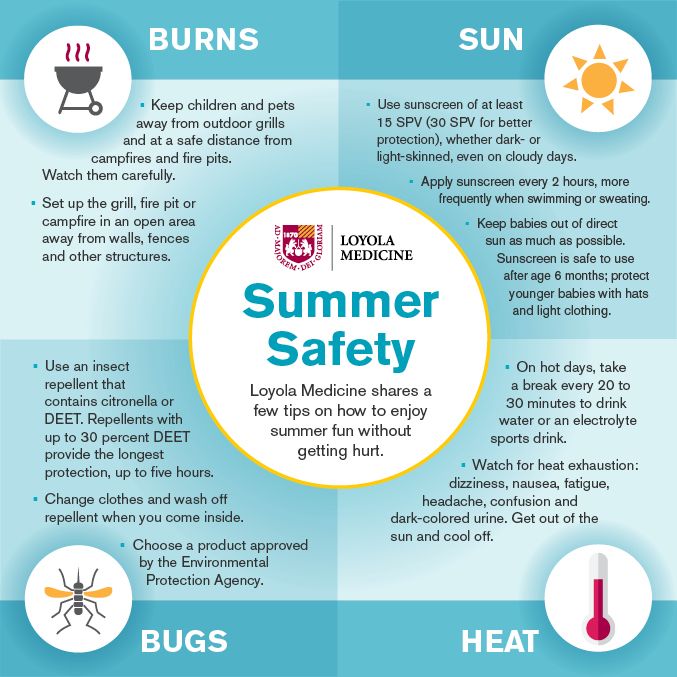 But what if they are so sophisticated in their inventions that they draw all the attention of the group to themselves? And if funny ideas keep pouring out of them, as if from a cornucopia? nine0003
But what if they are so sophisticated in their inventions that they draw all the attention of the group to themselves? And if funny ideas keep pouring out of them, as if from a cornucopia? nine0003
Tamara Lombina's experience with the Chitaika school preparation program suggested several ways to gently and carefully return the child's attention without violating his inner harmony. Let me tell you about our findings.
Method 1. Surprise the children
Speak in a whisper, in a different key, or invite a fabulous intermediary.
Let, for example, a beloved hero appear and cry from chagrin that someone interferes with the lesson, the journey to a fairy tale. Everyone begins to calm him down, including the bully ("violator"). nine0003
When the child copes with himself, the fairy-tale character should praise the child.
Method 2: Increase the pace of the session
Try to “outrun” the children. The speed of perception in children is higher than in an adult.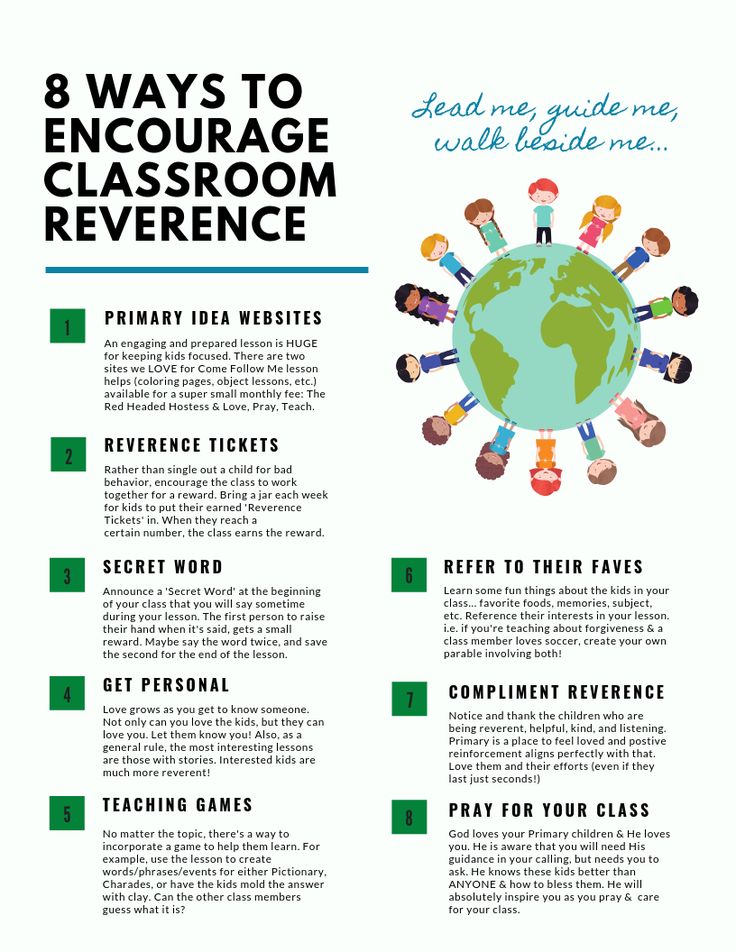
To do this, you must be thoroughly prepared for the lesson, be fluent in the material without looking at the notes. And if necessary, be able to quickly swap tasks in order to switch the attention of children.
Method 3. Ask for help from the most active child
Have him distribute glue or crayons for crafts and lay out the worksheets. You can take the child by the hand or put him on your lap and continue the lesson with him.
Method 4: Teach children about stoplights
You can develop a conditional phrase (for example, the words “stop play”), a gesture (hand up) or a touch (put a hand on the shoulder) that will always indicate that the child needs stop and pay attention to the teacher.
Method 5. Change the type of activity
If you were sitting, play an outdoor game. If you played, sit or lie down. You can use games from neuropsychology to increase neurodynamics. Perhaps the children are just tired and need to “recharge”.
Sing vowels, play dutiball (football with a tennis ball with the help of breathing), do self-massage with prickly balls or bumps, walk along the orthopedic path, crawl under tables.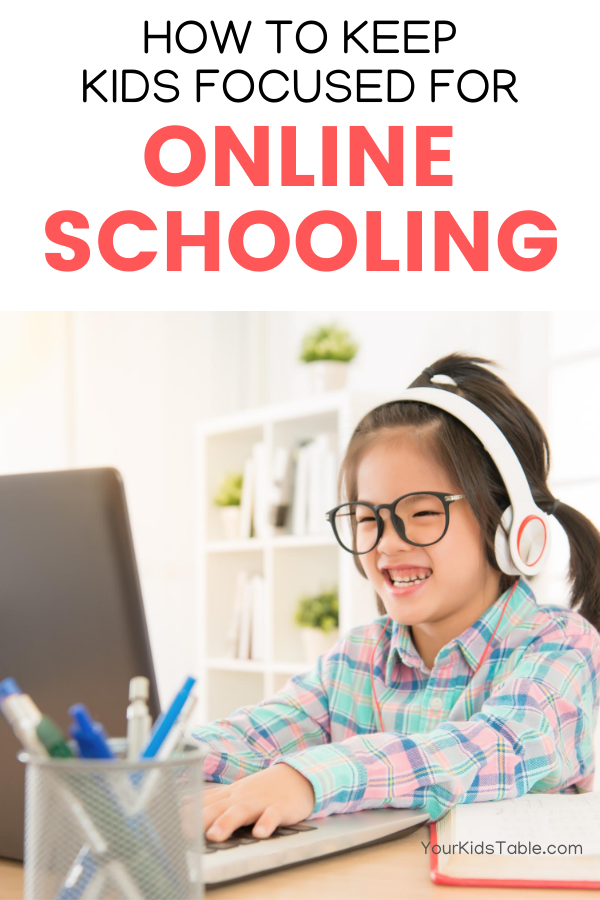
Method 6. Remind about “group rules”
It is desirable to introduce general rules for the group during the lessons. All children join hands, and together they say the words of the rules, with the help of which you can get on a fabulous journey. nine0003
The following are possible: “We play together, have fun - we don’t interfere with anyone” (before reading the story so that the children do not block each other’s text), or “We play together, have fun - we don’t grab anything” (if the teacher gives materials for self-study).
If the children had a fight: we all join hands together and say: “We play together, we play happily - we don’t offend anyone” , and then the “culprits” should make peace with their little fingers: “Peace, make up and don’t fight anymore” .
But sometimes it is necessary to make a remark
If it was not possible to direct the child's energy into a “peaceful channel”, you need to talk to him. What is the best way to do this?
What is the best way to do this?
You can say the right words on behalf of a fabulous intermediary
But in no case should you be scared by scary characters, for example, “Baba Yaga will pick you up” .
An acceptable option is a negative hero appears and says: “You probably also want to be my son, you are such a fine fellow, you behave exactly like my own child” .
Signal the teacher's assistant to make a remark discreetly
- so as not to attract the attention of the rest of the group. The assistant needs to go down to the child and whisper the remark in his ear.
Make a remark on your own
If the situation does not allow you to attract an assistant and a fabulous mediator, the teacher should go down to the same level with the child and say what he is doing wrong. It is necessary to speak looking into his eyes, and not from top to bottom, and - quietly. nine0003
Putting the child in the "magic chair"
This is the most serious form of "punishment".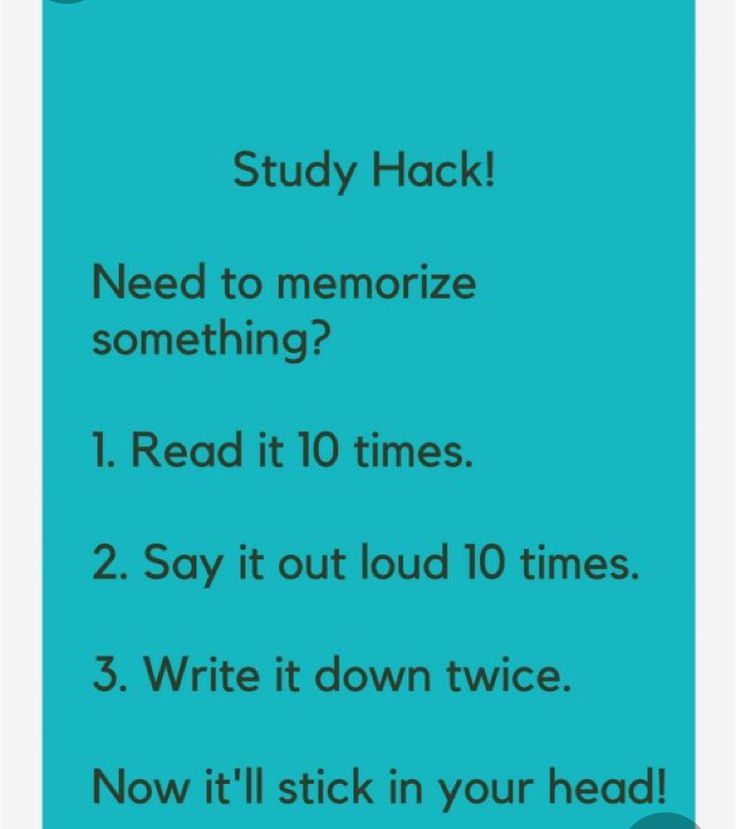 It should be used only if the child behaves very badly or is in a state of extreme arousal.
It should be used only if the child behaves very badly or is in a state of extreme arousal.
On the back of the chair or on the back we stick a picture with the sun or other positive image. And we comment as follows: “Children of the sun, sunbeams love to relax on this chair. When they get naughty, Mother Sunshine puts them there. It calms and helps the child remember what is good and what is bad. nine0090
The punished child must always face the group.
It is necessary to support the child emotionally
- after he has been reprimanded. If the child has calmed down, the teacher or assistant should encourage him with a smile or a stroke. Or you can directly express your approval: "How I like that you ...."
Disciplinary methods that should not be used in class:
Turn off the lights .
Use the motivation of guilt and shame if the child forgot something, didn't understand, didn't hear or doesn't know something.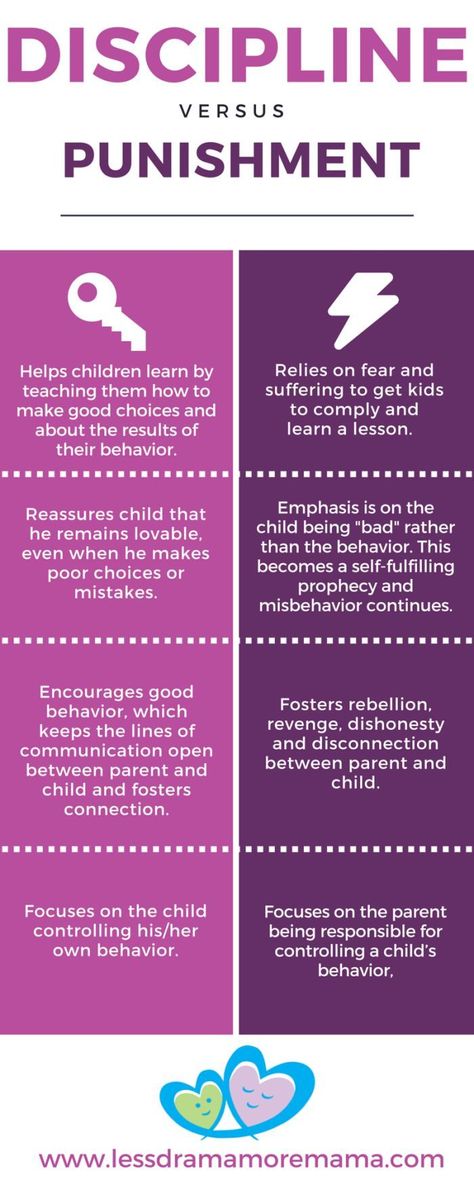
For example, you cannot say: “ Look at Katya, she doesn’t know… ”, “ Look at Petya, he’s not ashamed, he did this and that”, “ Shame on you ! You didn't hear me say ." It is necessary, without reproaching the child, to remind or clarify the situation.
Force a child to sit in an uncomfortable position .
Every child has the right to take a comfortable position: lie down on the floor if he is tired, listen while standing even when others are sitting, or sit as he pleases.
An important exception to the rule is when we write or draw. It is necessary to monitor the correct posture even in groups of three years.
While writing, the legs should be “friends” (be together), and the right hand should lie so that the elbow does not hang down. We explain that this is the only way we will get beautiful drawings and letters. nine0003
Reprimand the child if he needs rest .
If the child is distracted, but does not interfere with others (steps aside and does not complete the task), the teacher's assistant can try to interest him, take his hand, stroking his back, and quietly say to him: “Now it will be interesting, let's go, we'll see, otherwise we'll miss it" .


